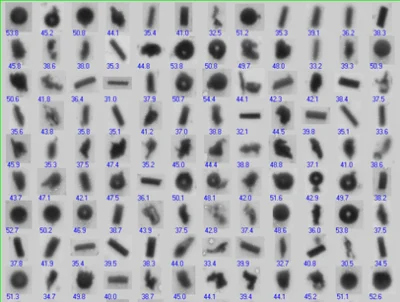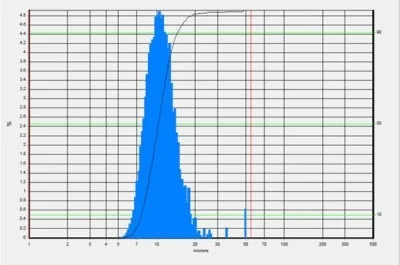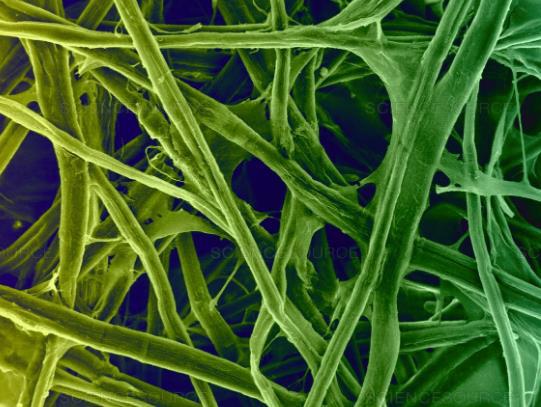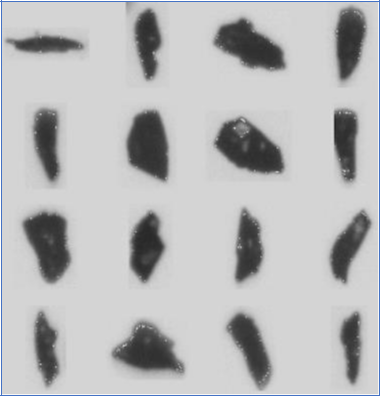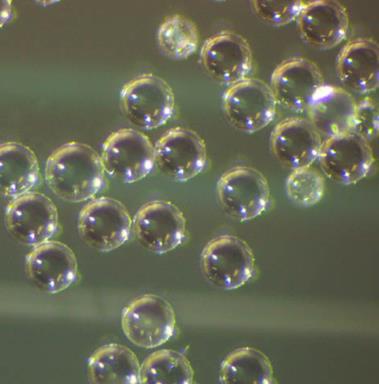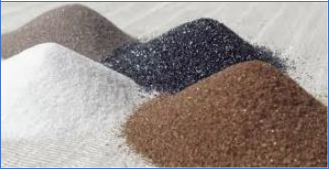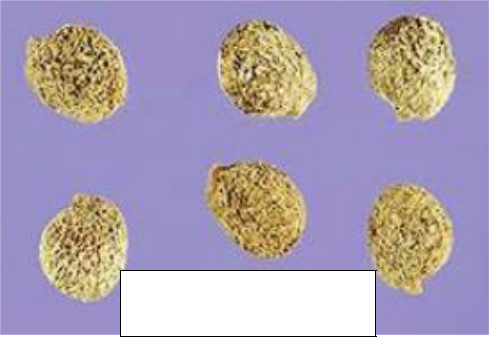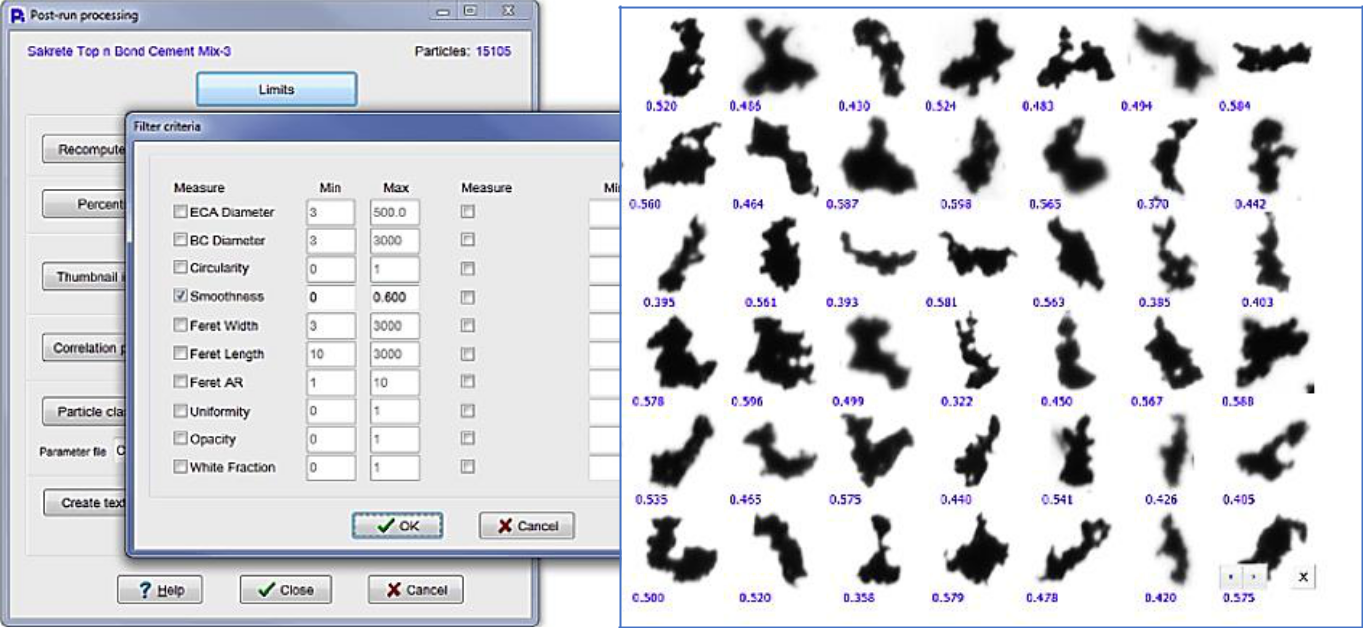A Guide to the Importance of Particle Shape
Particle Measurement Technologies. How are they different? The Importance of Particle Shape in Material Performance While particle size has long been a dominant metric in particle analysis, recent advancements show that particle shape plays an equally crucial role in determining the behavior, processing, and final performance of materials. Whether in pharmaceuticals, abrasives, ceramics, or additive [...]


